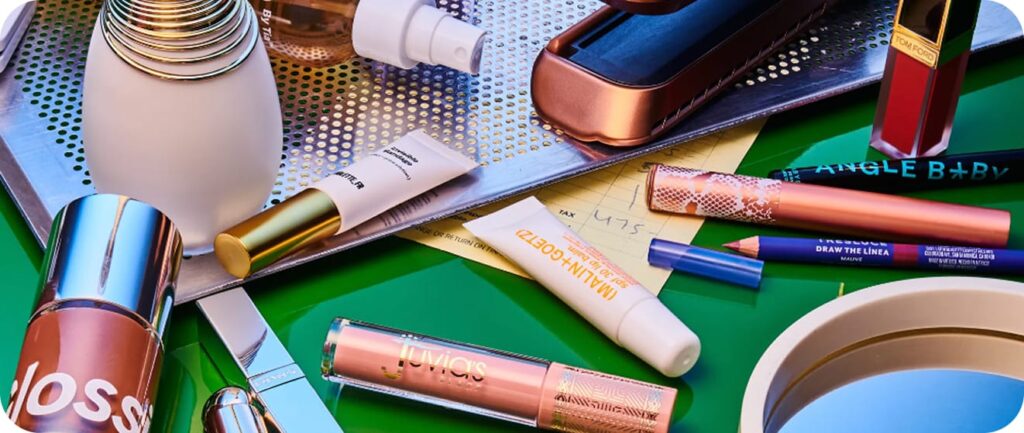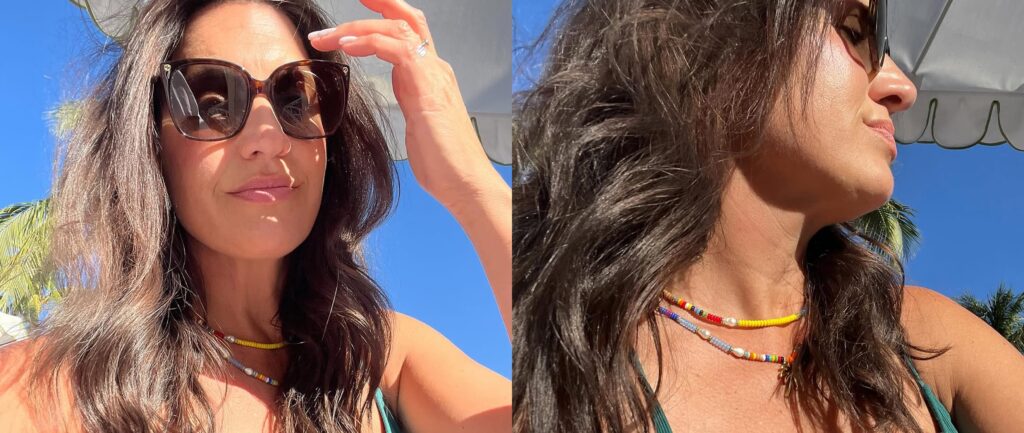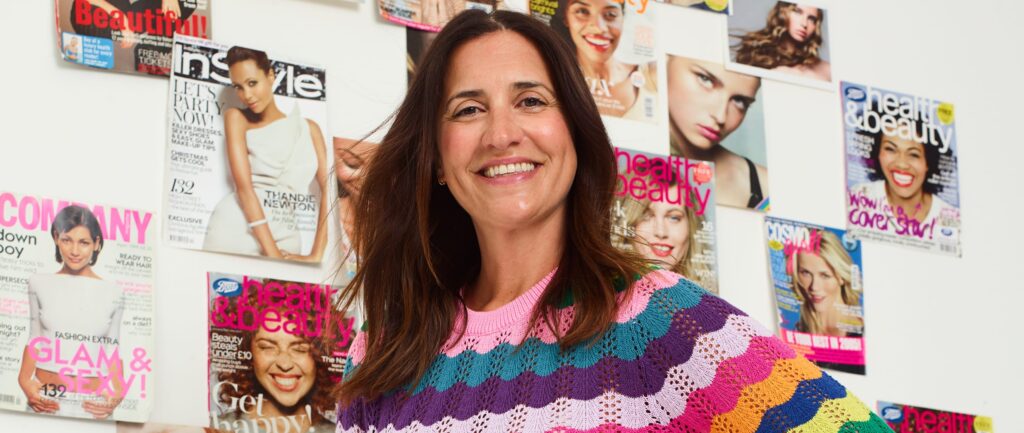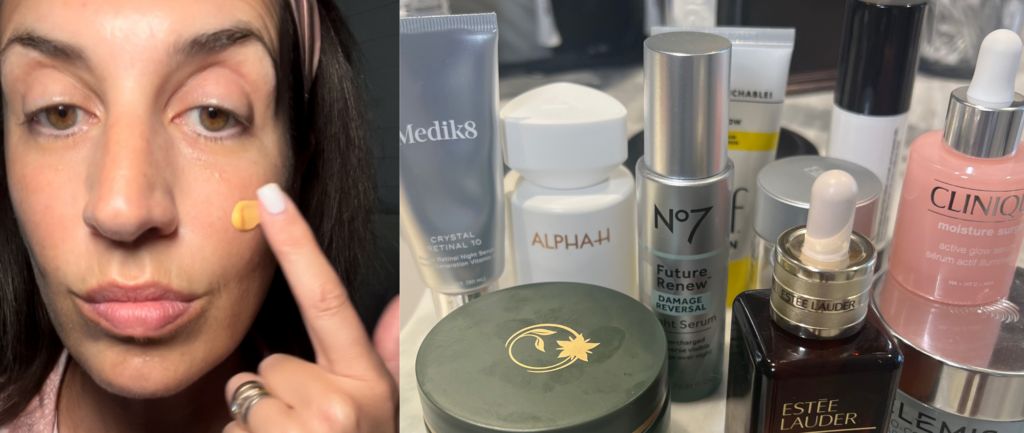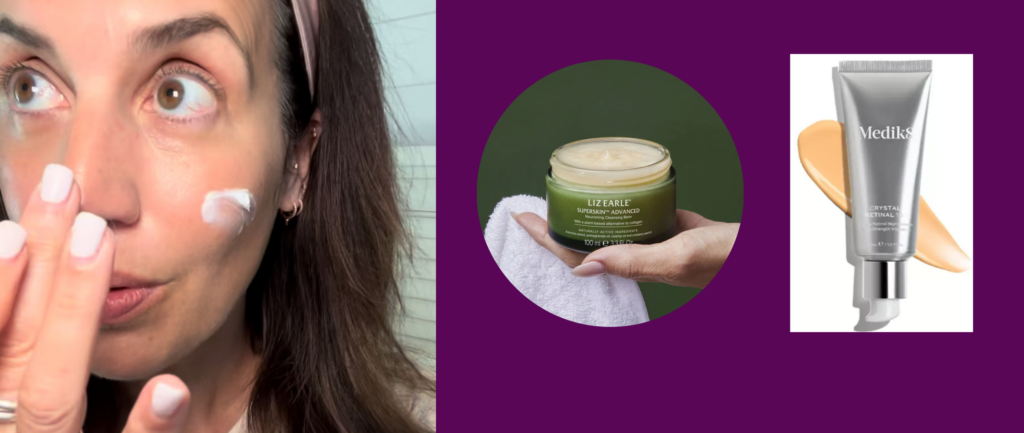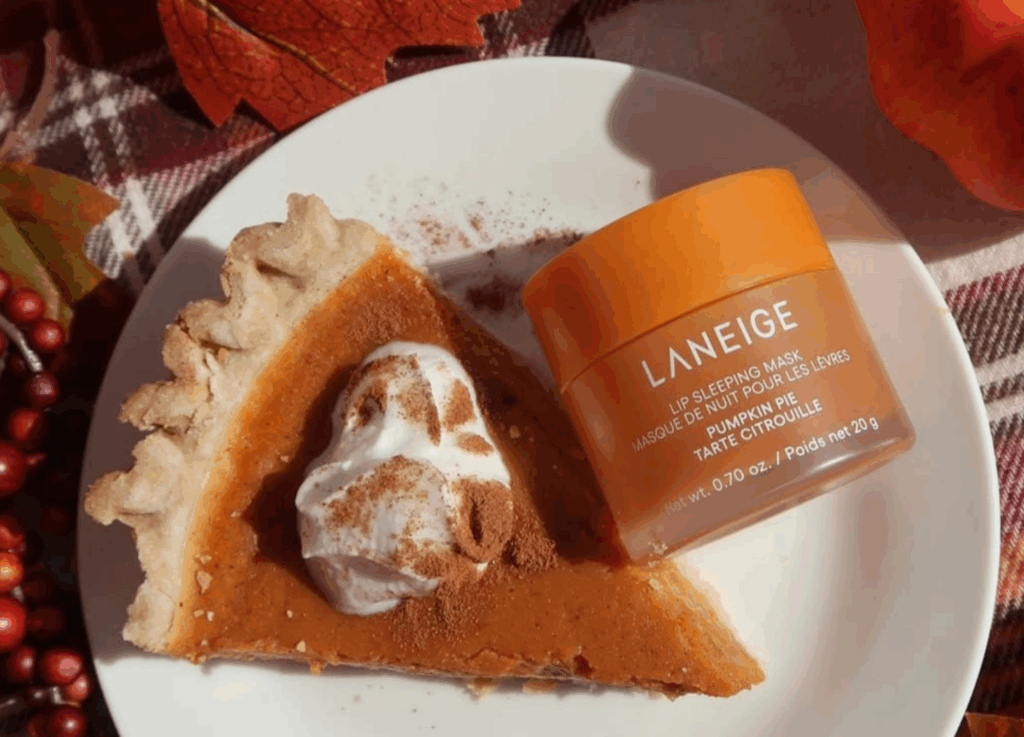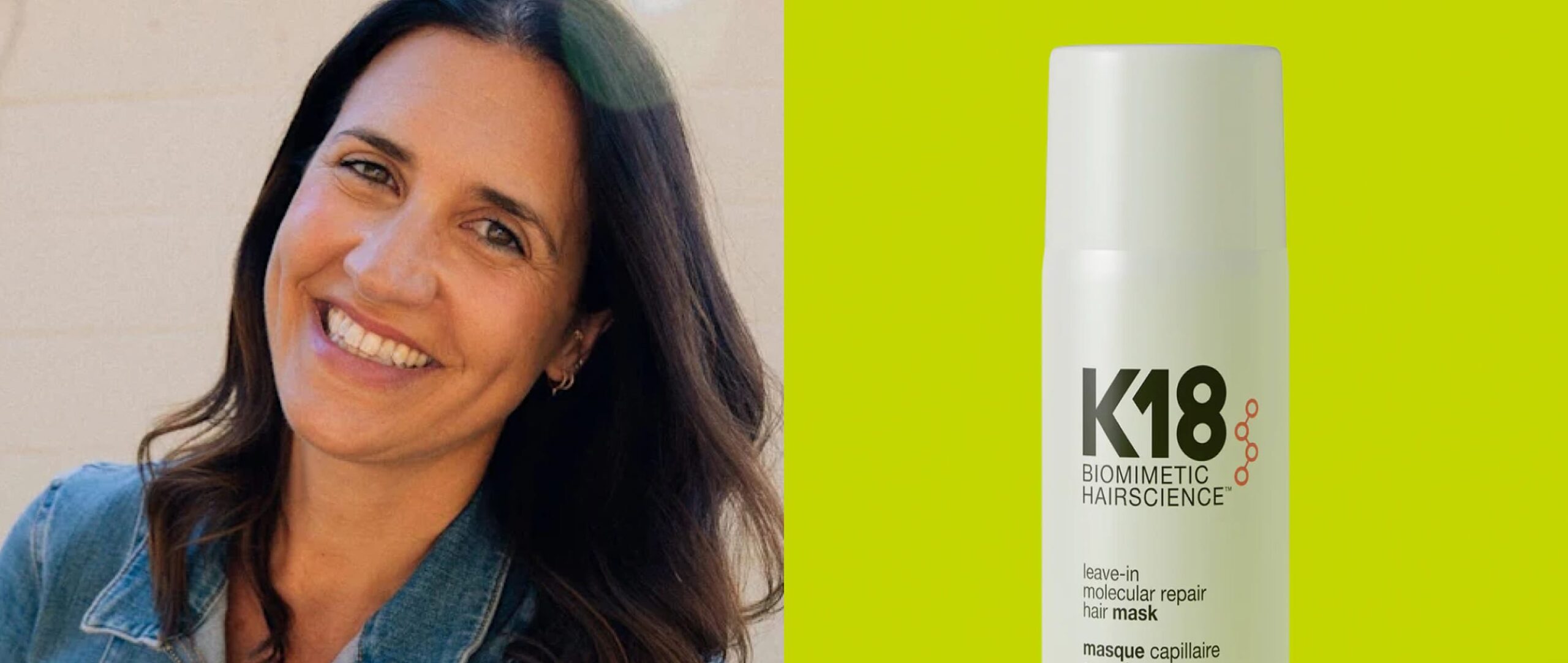
Perimenopause changed my hair, but now I’m 48, it’s better than ever
Perimenopause hit my hair hard. I first noticed that it had started thinning about six years ago, when I hadn’t even heard of the word perimenopause, let alone have the knowledge to know that I was in it.
It was a sunny day and I was waiting to collect my son from school. My contact lens had dislodged in my eye and while I was trying to move it back into place I caught sight of my scalp in my car’s rear view mirror.
I was shocked that all I could see was my scalp. Not my hair. Just my scalp. The sun was shining so brightly through my car sunroof that it made the skin on my head appear more visible than usual. I was shocked that I could see more scalp than I could see hair. Granted, I’d never had thick hair to begin with, but I always had lots of it.
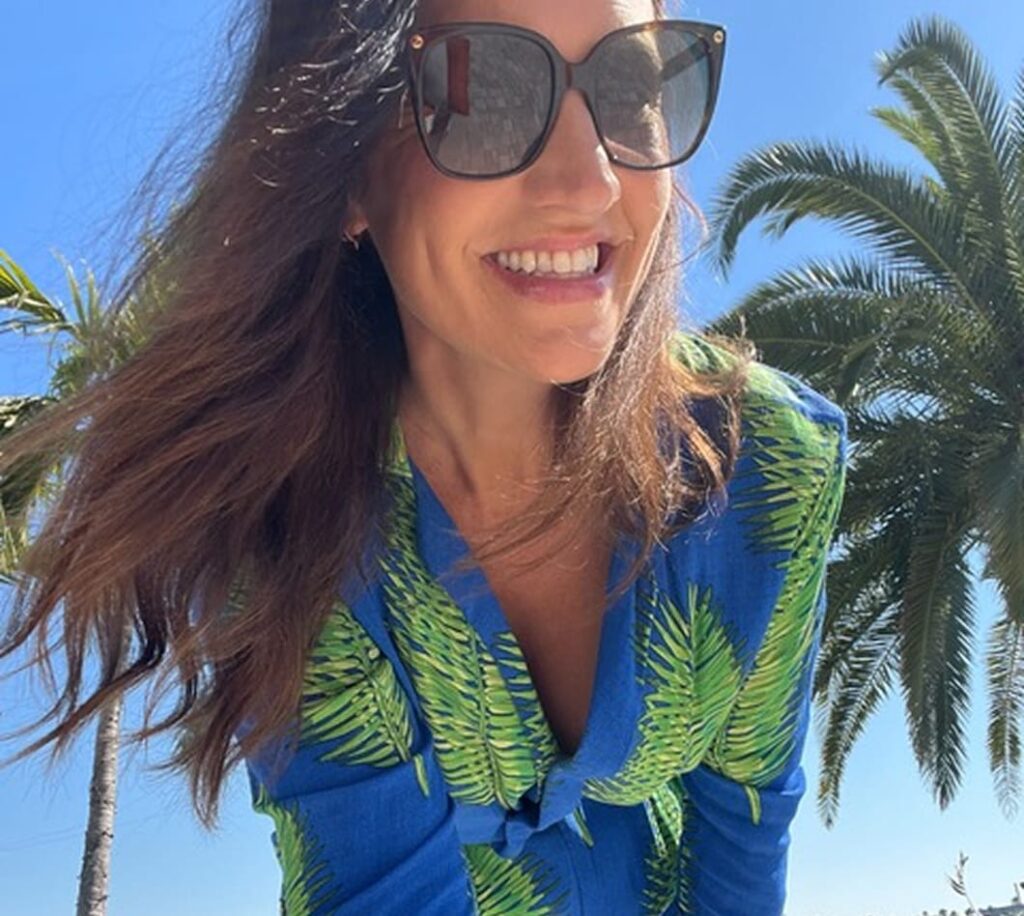
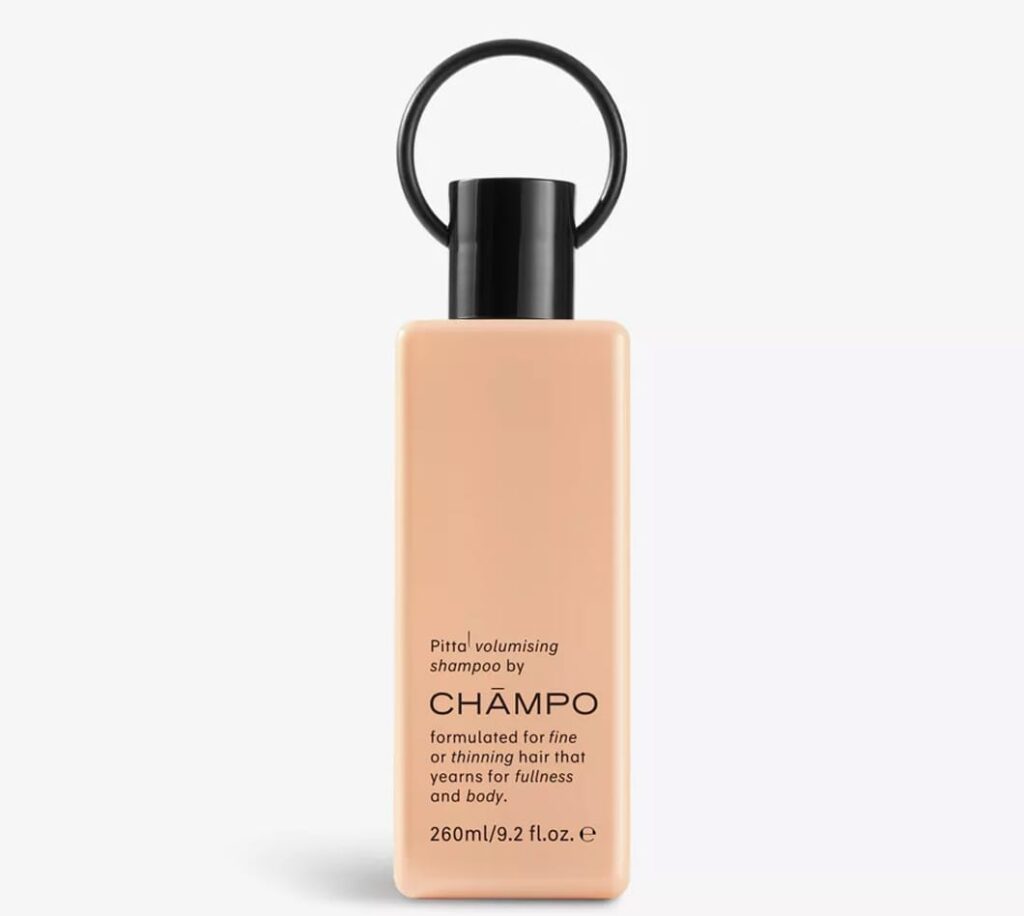
Having a tendency to be dramatic, I immediately thought I was suffering with alopecia. Especially as it was a condition that my mum had also suffered with. And after the sunroof incident I noticed that my hair looked thinner in other areas – not just around my hairline. My blow-dries were flat and my ponytails felt feeble and thin – I had to wrap my Invisibobble around it way more times than before. It was also really dry and breaking really easily.
Perimenopausal hair loss wasn’t on my radar at the time and I assumed this sudden change was down to stress. However, looking back and now that I’m two years free, I realised that it was a symptom of perimenopause.
Hair loss is an issue that affects almost half of women going through perimenopause. As levels of the hormone estrogen drops, it’s normal to notice hair thinning out, and even change texture. I’ve had friends tell me that their once curly hair is now straight!
So I started researching the best products to help improve my hair. I’d always used cheaper shampoos and conditioners – you just wash them off down the drain after all. But after speaking to hairdressers and trichologists, I found out that it was really important to use high quality products, especially on perimenopausal hair.
I was advised by one hairdresser to try a brand called K18. I had heard of them before and had seen some great reviews about their Leave In Molecular Hair Mask on Tik Tok. I was a bit sceptical, thinking the salon was just pushing the product for profit. And I really questioned whether its $75 price tag was worth it. I’ve been a Beauty Editor long enough to know that spending more on a product doesn’t always mean that you’ll get better results.
But I was desperate, and so I paid $75 for the mask and followed my hairdresser’s instructions to use it after every shampoo instead of my regular conditioner. He guaranteed that by the time that I visited him next, in about six weeks, that I would see and feel a difference.
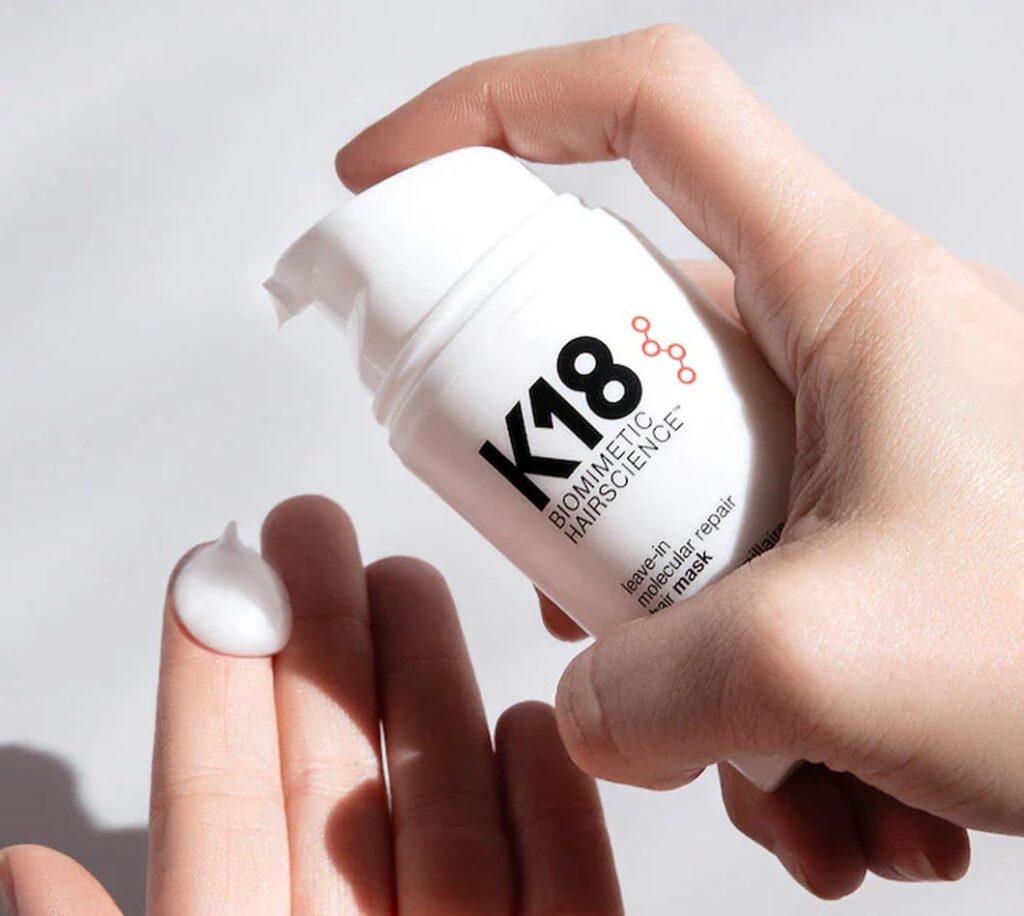
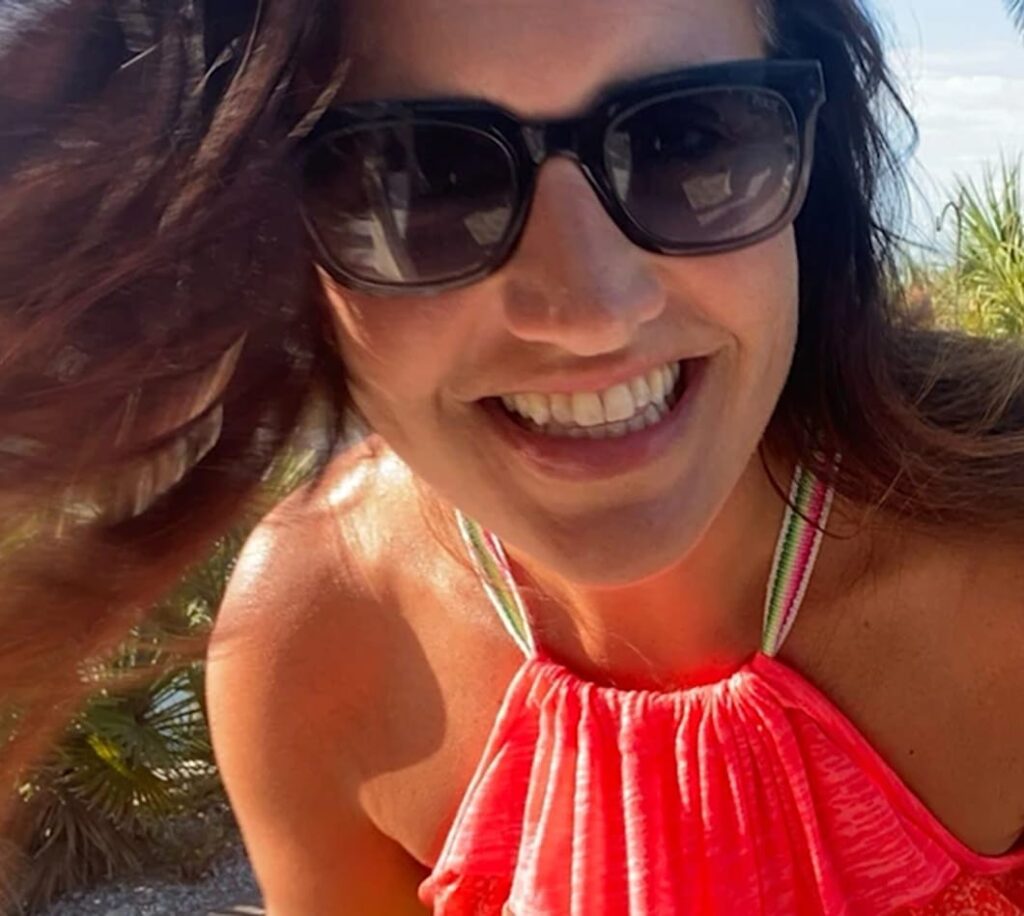
I went home and applied a couple of squirts of the mask to my towel dried hair, just below the roots to the tips. You have to wait four minutes for the product to activate before blow-drying. Easy!
Even after the first time that I used it, my hair felt so much softer and smoother. The frizz was almost non-existent and it felt healthier. And then each time after that, the texture just kept improving. Six weeks later, my hairdresser was full of ‘see, I told you’s’ and gloated in his glory. And I’ll admit, I was impressed. The improved texture helped my hair appear thicker too.
I then began upgrading my shampoos too. I love Champo Pitta Volumising Shampoo. It doesn’t really lather up like other shampoos – but that’s a good sign, as it means that it doesn’t contain cheap sulphates which create the bubbles. It smells divine too!
I really new my new regime had made a difference when I booked a blow dry with my British hairdresser Alice, last year. Alice had been cutting my hair for over fifteen years before I moved to America, and she was there for the start of what I now know was my menopausal hair journey. She even applied extensions to the front sections to help it appear fuller.
Alice was genuinely shocked at how much thicker and healthier my hair looked and felt since she last styled it almost three years ago. I knew it was different but to have someone else notice it, and give you compliments without hinting for them – well that’s the ultimate test for finding out if a regime is working.
I know how menopausal hair changes can make you feel. I always say that my hair is like my suit of armour – when it’s behaving and looking good it makes me feel stronger, and protected. So I love to share what’s worked for me!
I hope that you enjoyed reading this! If you have any questions then do get in touch: I’m always here to answer your questions 🙂
